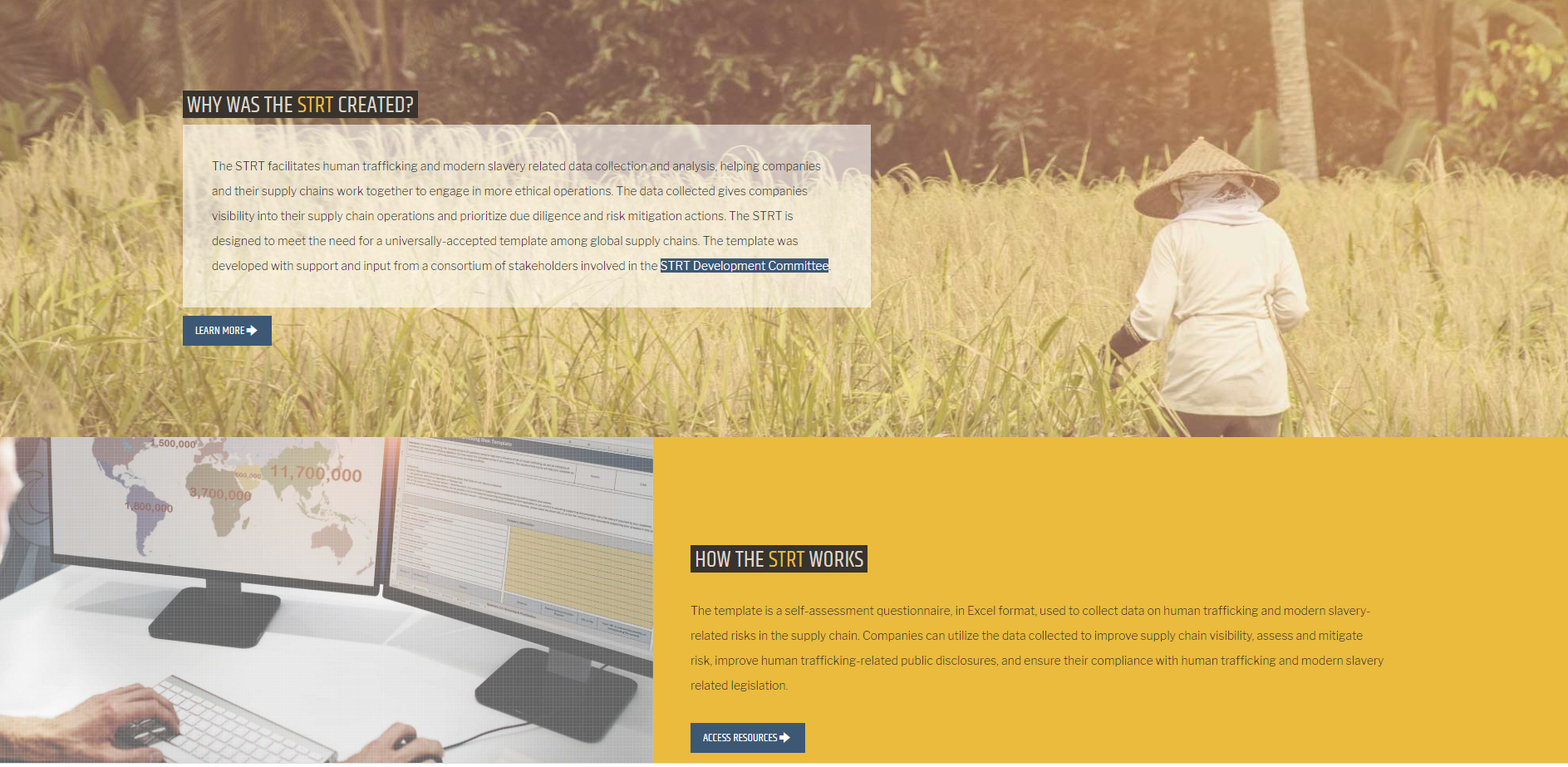TraffickCam
Online ToolsThis app allows the user to take pictures of a hotel room and record the city and room number of the hotel. This is important because much of the sex trafficking that happens in the U.S. happens in hotel rooms and many of the ads posted contain...Read More

